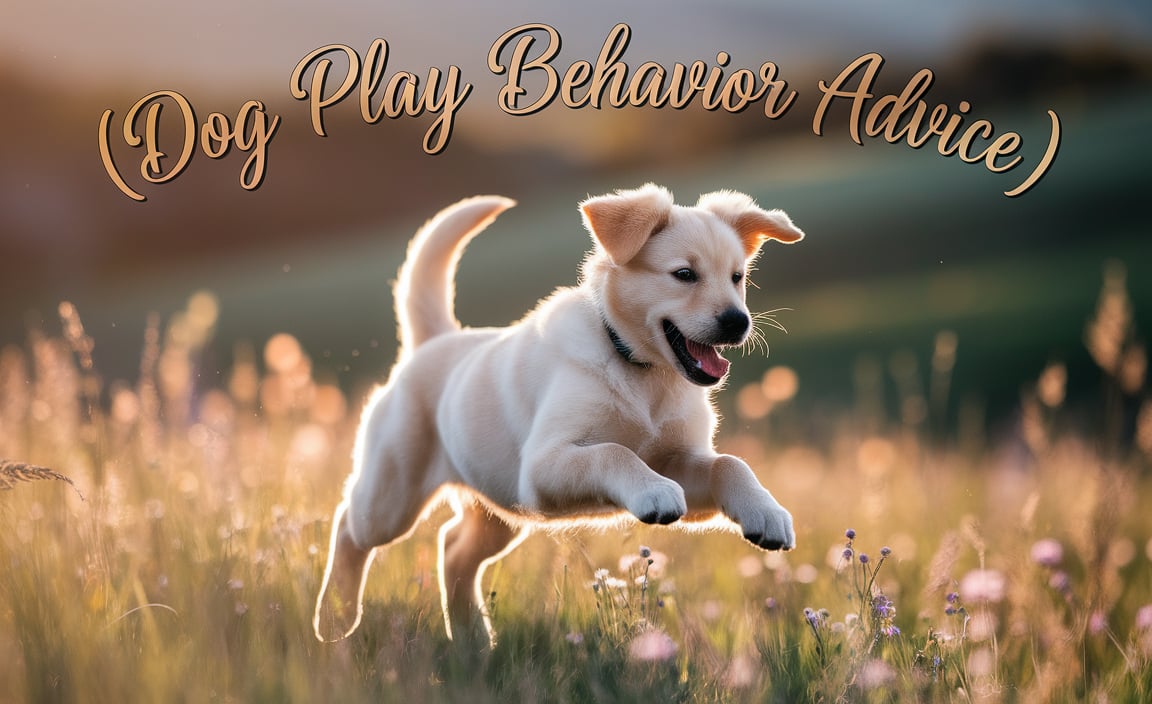Dog Territorial Behavior at Home: Stop It Now!
Understanding and effectively managing dog territorial behavior at home is crucial for a harmonious living environment for both you and your canine companion. This instinct, deeply rooted in a dog’s ancestry, can manifest in various ways, from barking at perceived intruders to guarding resources and even exhibiting aggression towards visitors or other pets. While a certain level of territoriality is natural, when it becomes excessive or escalates, it can create stress, anxiety, and safety concerns. The good news is that with consistent training, socialization, and environmental management, you can significantly curb and even eliminate problematic territorial behaviors.

At its core, territorial behavior in dogs stems from a desire to protect what they perceive as their own – their space, their family, their food, or their favorite toys. This instinct can be amplified by a dog’s breed predispositions, past experiences, and even the way their environment is structured. For instance, dogs that haven’t been adequately socialized or those who feel insecure in their surroundings may be more prone to displaying territorial traits. Recognizing the triggers for your dog’s territorial outbursts is the first critical step in addressing the issue.
Common triggers for dog territorial behavior at home include sounds from outside, such as doorbells, footsteps, or passing vehicles. The arrival of guests, whether human or animal, can also set off a dog’s protective instincts. Even routine events like the mail carrier’s arrival can become a source of intense territorial display. Some dogs may also exhibit territoriality over specific areas within the home, like a particular couch, a favorite rug, or even their food and water bowls.
Understanding the Roots of Dog Territorial Behavior at Home
To effectively tackle dog territorial behavior at home, it’s essential to delve into why it occurs. Historically, dogs were bred for roles that often involved guarding property and deterring threats. These ingrained instincts, while sometimes beneficial in their original context, can become problematic in a modern domestic setting. Factors contributing to this behavior include:
Genetics: Certain breeds, like many guard dog types, are more predisposed to territoriality due to their breeding history.
Lack of Socialization: Dogs who haven’t been exposed to a wide variety of people, places, and other animals during their critical socialization period (typically between 3 and 16 weeks of age) may develop heightened anxiety and fear responses, which can manifest as territoriality.
Insecurity and Lack of Confidence: A dog that feels unsure of its place or the stability of its environment may try to assert dominance and control through territorial displays.
Resource Guarding: This is a specific form of territorial behavior where a dog becomes possessive of valuable items like food, toys, or even their owner.
Fear-Based Reactivity: Sometimes, what appears as territoriality is actually a fear response. A dog might bark aggressively to make a perceived threat (like a person at the door) go away.
Strategies to Stop Dog Territorial Behavior at Home
The good news is that with consistent effort and the right approach, you can effectively manage and reduce dog territorial behavior at home. It’s important to remember that changing ingrained behaviors takes time and patience. Here are some key strategies:
1. Environmental Management: Controlling the Triggers
The easiest way to manage territorial outbursts is to reduce exposure to known triggers.
Block Visuals: If your dog barks at people or animals passing by the window, consider using frosted window film, blinds, or curtains to limit their view.
Muffle Sounds: White noise machines or playing soothing music can help mask the sounds of the outside world that might trigger barking.
Manage Arrivals: When guests are expected, consider keeping your dog in a separate, comfortable room with a long-lasting chew toy or puzzle feeder until everyone has settled. This prevents an immediate confrontation at the door.
2. Training and Behavior Modification: Teaching a New Response
The goal here is to teach your dog a more desirable response to the situations that typically trigger their territoriality.
Desensitization and Counter-Conditioning: This is a powerful technique. Gradually expose your dog to the trigger at a distance where they don’t react. Reward them with high-value treats for remaining calm. Slowly decrease the distance over many sessions. For example, if the doorbell is a trigger, have someone ring it very softly from outside while you reward your dog for staying quiet.
“Quiet” Command: Teach your dog a “quiet” command. When they bark, let them bark a few times, then say “quiet” and present a very tasty treat. As soon as they stop barking to sniff or take the treat, praise them enthusiastically and give them the treat.
“Go to Place” or “Mat Training”: Teach your dog to go to a designated spot (like their bed or a mat) and stay there when requested. This is an excellent command for managing arrivals and preventing them from rushing the door or greeting guests in a frantic, territorial manner.
Positive Reinforcement for Calmness: Reward your dog generously with praise and treats whenever you see them remaining calm in situations that might normally provoke territorial behavior. This reinforces the desired behavior.
3. Socialization: Building Confidence and Reducing Anxiety
Proper and ongoing socialization is crucial, especially for younger dogs, but it can also benefit older dogs who show territorial tendencies.
Controlled Introductions: Introduce your dog to new people and other well-behaved dogs in a controlled, positive, and supervised manner.
Positive Experiences: Ensure that every encounter is a positive one. Avoid forcing interactions that make your dog uncomfortable.
Expose to Stimuli: Gradually expose your dog to various sights, sounds, and smells in a calm and positive environment.
4. Addressing Resource Guarding
If your dog guards specific items, this requires a specialized approach focusing on teaching them that you are not a threat to their possessions.
Trade-Up Method: When your dog has a prized item, offer them something even more appealing in exchange. This teaches them that valuable items are not lost when you approach, but rather can be improved.
* “Leave It” Command: Teach a strong “leave it” command so you can safely have your dog disengage from an object.
When to Seek Professional Help
While many territorial behaviors can be managed with diligent training, it’s important to recognize when professional intervention is necessary. If your dog displays aggression, such as growling, snapping, or biting, it’s crucial to consult a certified professional dog trainer or a veterinary behaviorist. They can assess the underlying cause of the behavior and develop a tailored, safe, and effective behavior modification plan. Attempting to handle severe aggression without expert guidance can be dangerous for everyone involved.
By understanding the motivations behind dog territorial behavior at home and implementing consistent, positive training strategies, you can help your dog feel more secure and learn to coexist peacefully with everyone who enters your home. Patience, consistency, and a focus on positive reinforcement are your greatest tools in achieving a calm and happy environment for your furry family member.
Meet Elyse Colburn, the devoted canine companion and storyteller behind the enchanting world of “Tales, Tails, and Adventures Unleashed.” A passionate dog enthusiast with a heart full of paw prints, Elyse Colburn shares heartwarming tales and insightful adventures, celebrating the joy, loyalty, and endless antics that make every dog a true hero. Join Elyse Colburn on this tail-wagging journey, where every post is a love letter to our four-legged friends.





